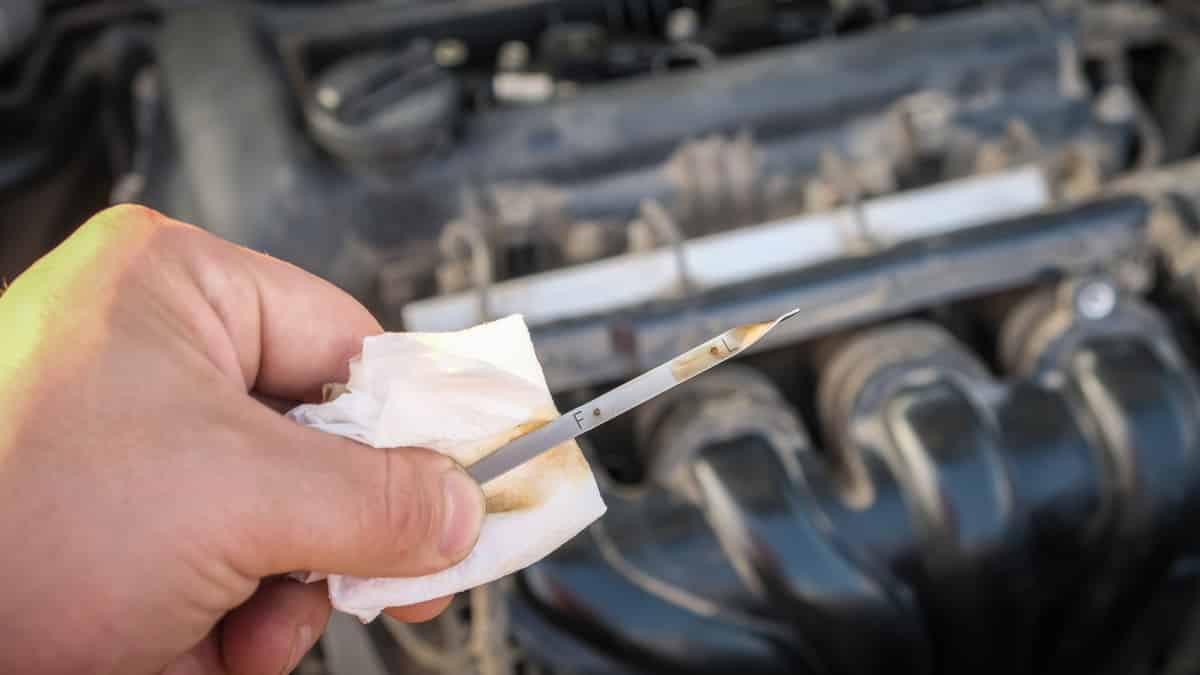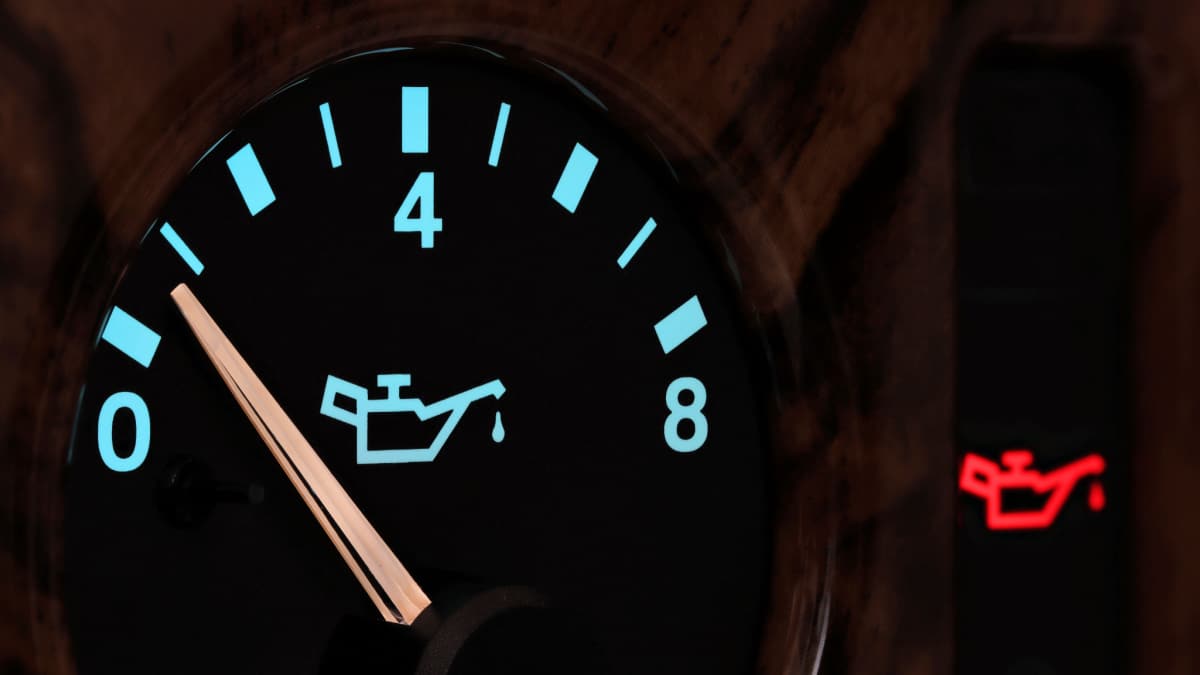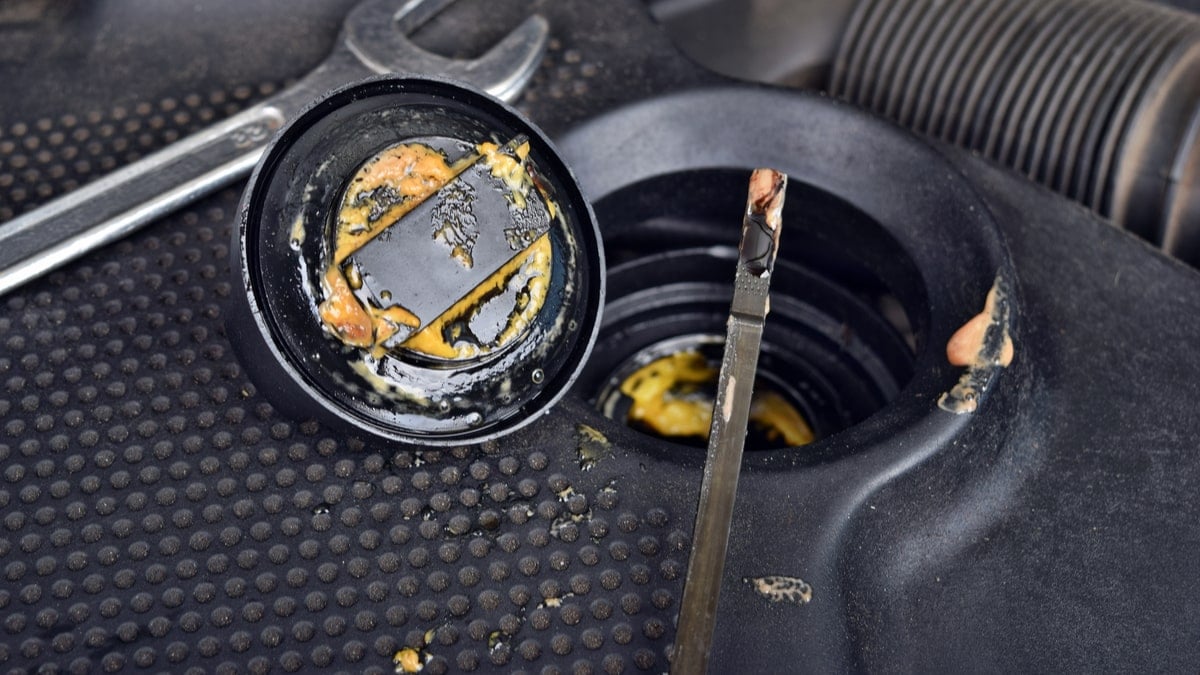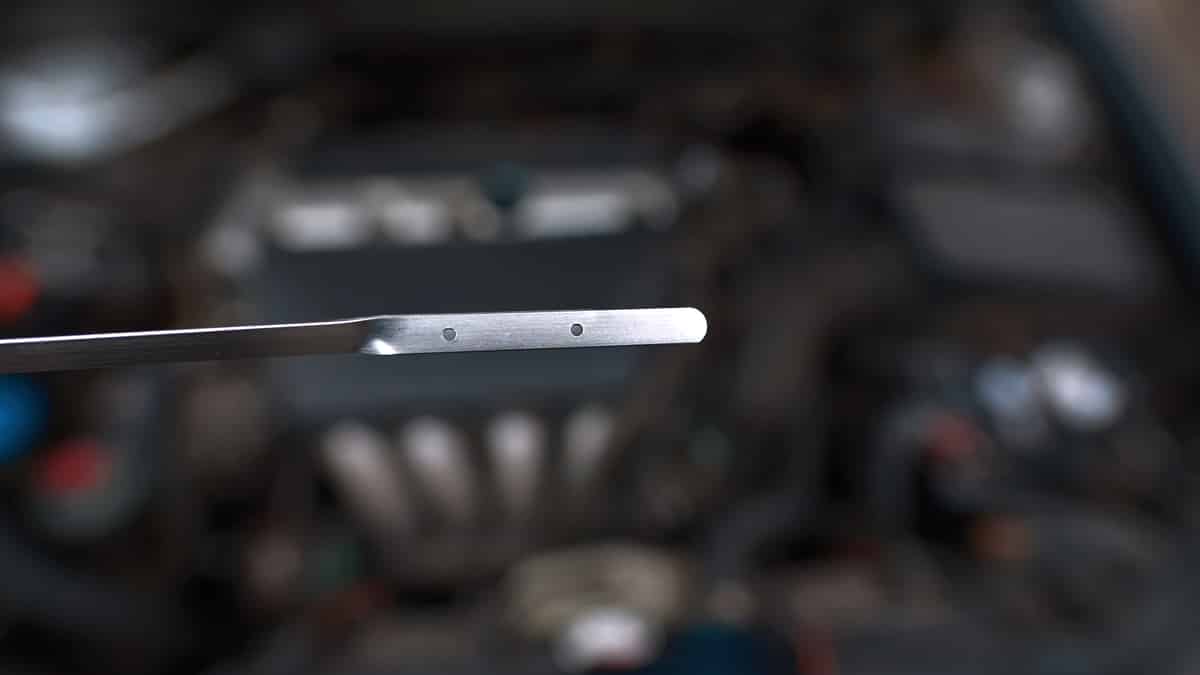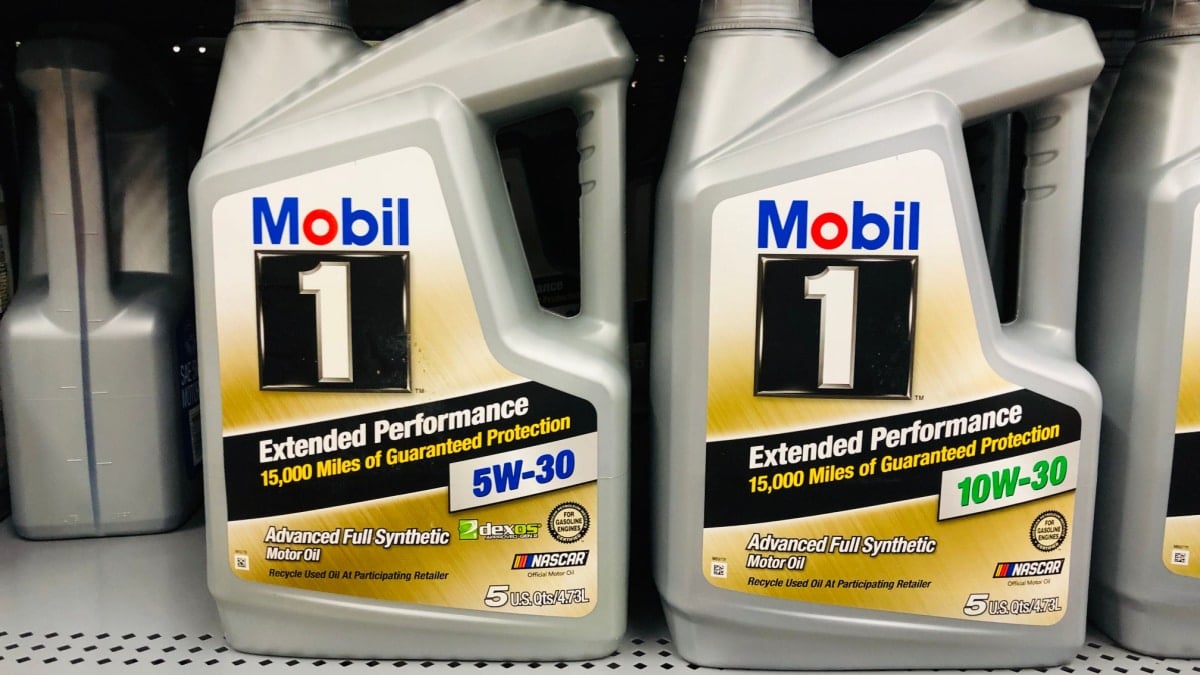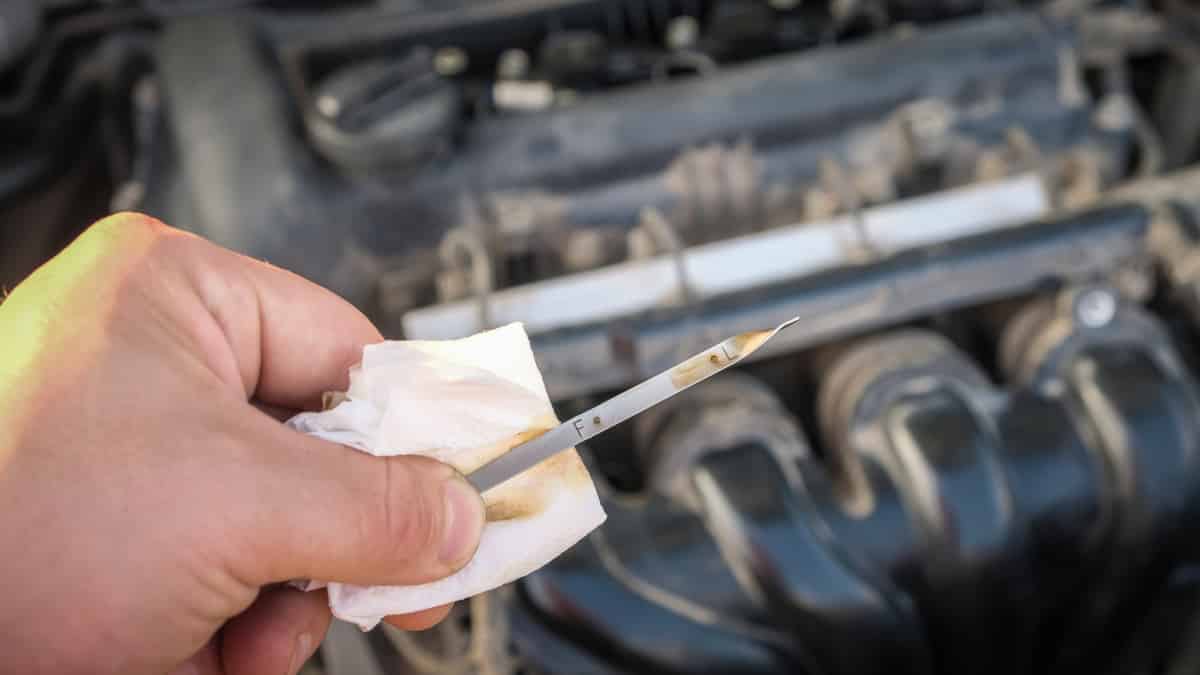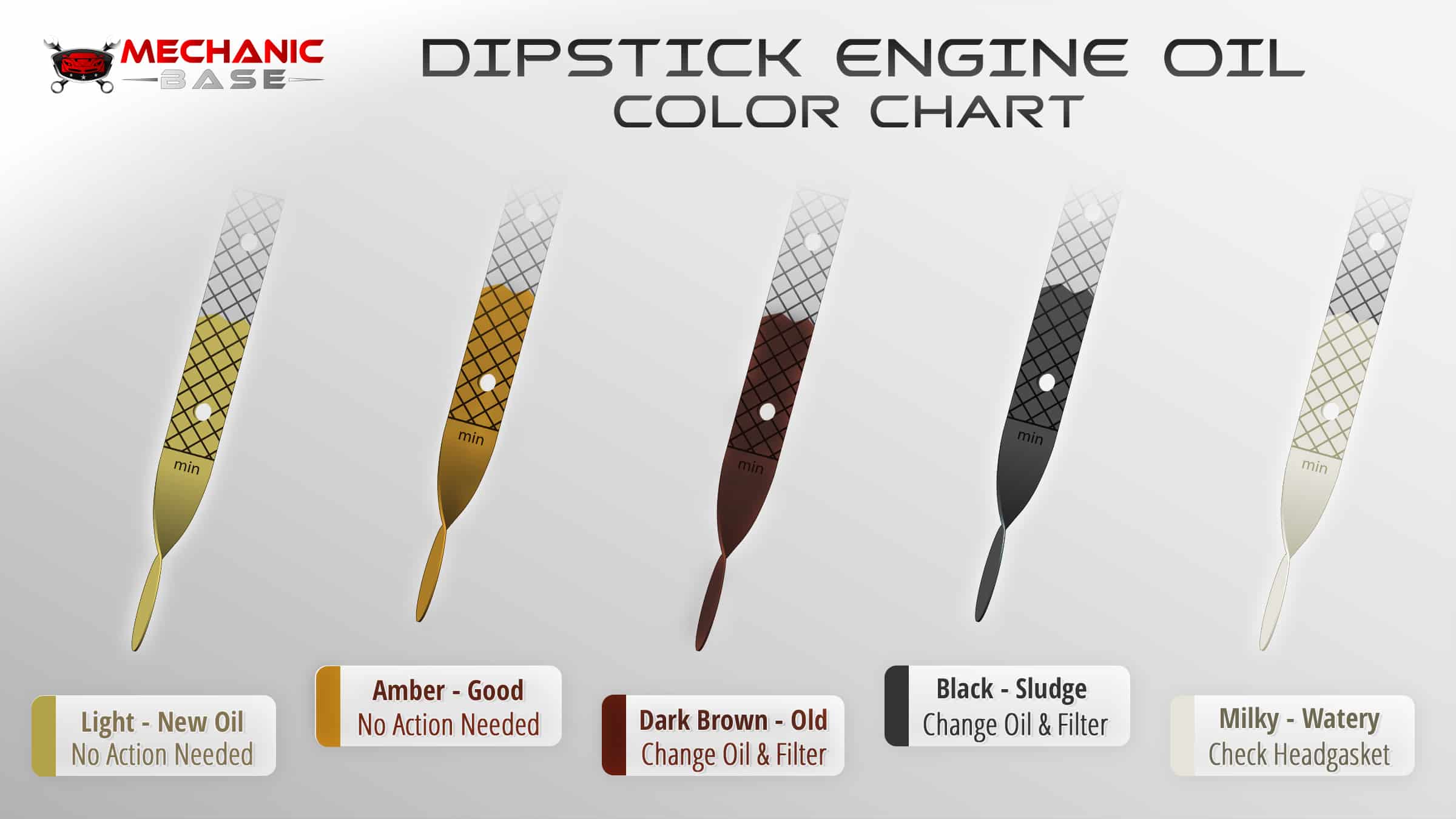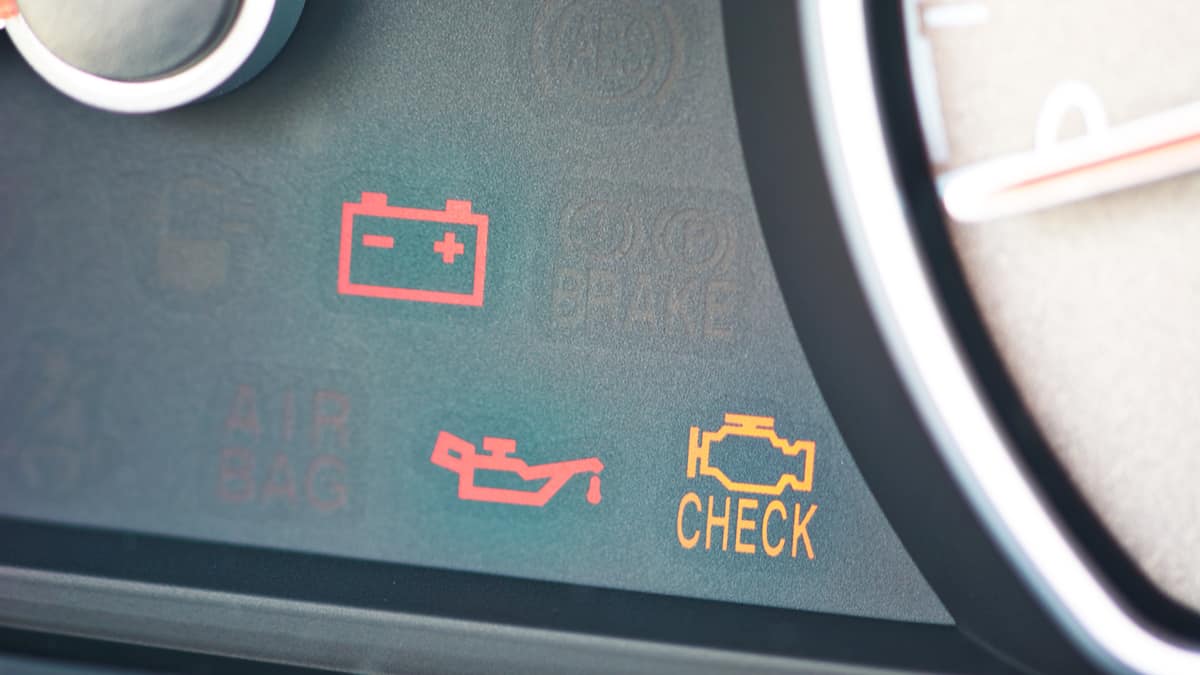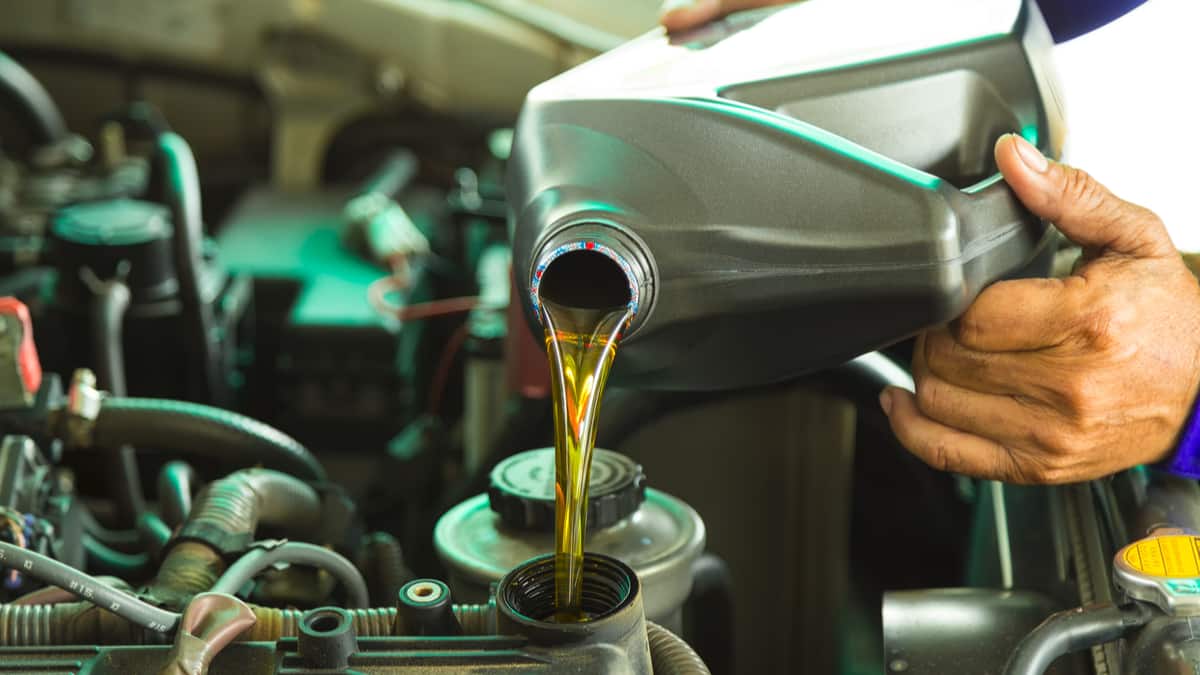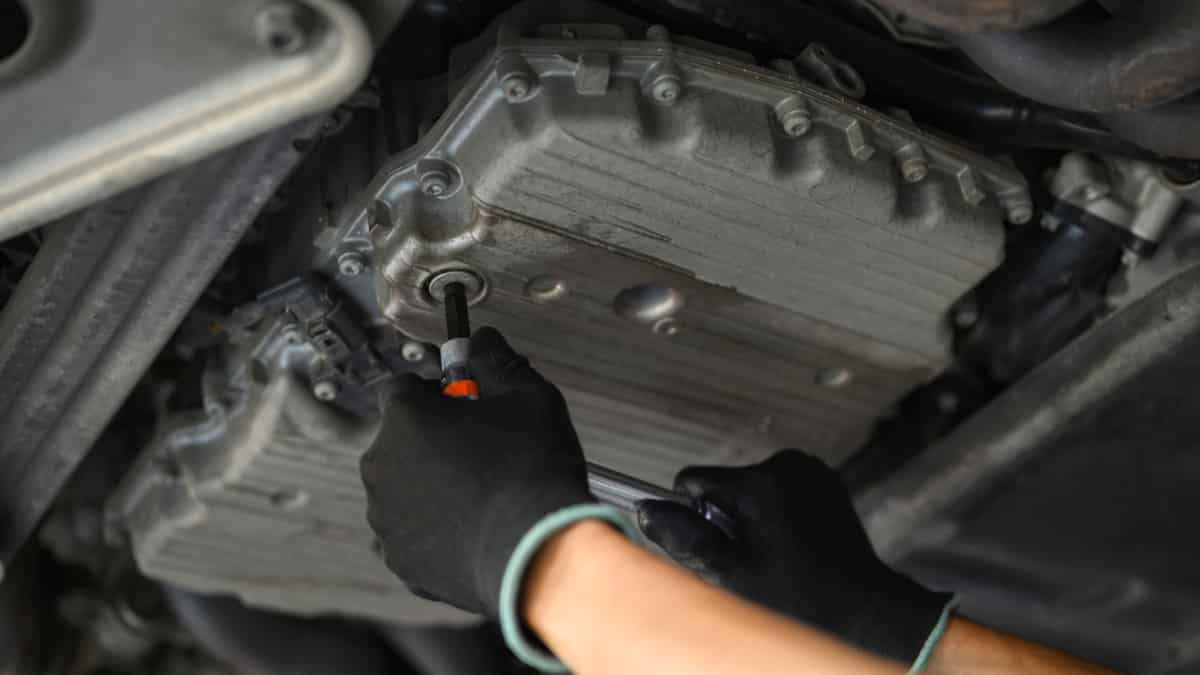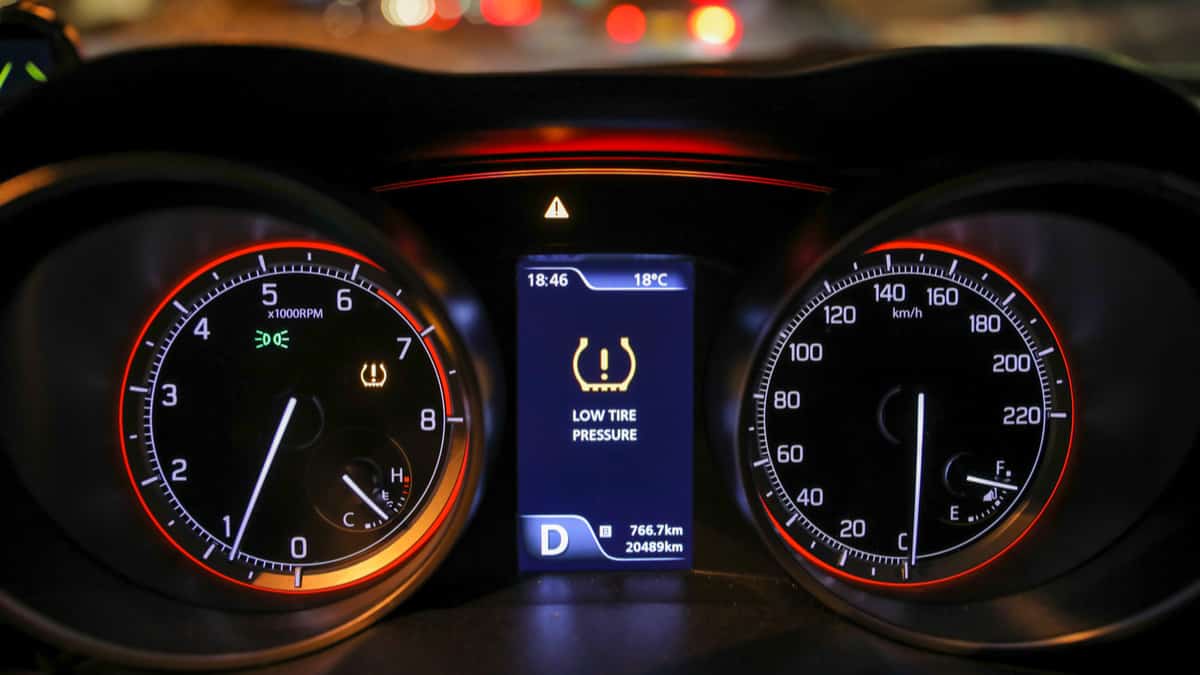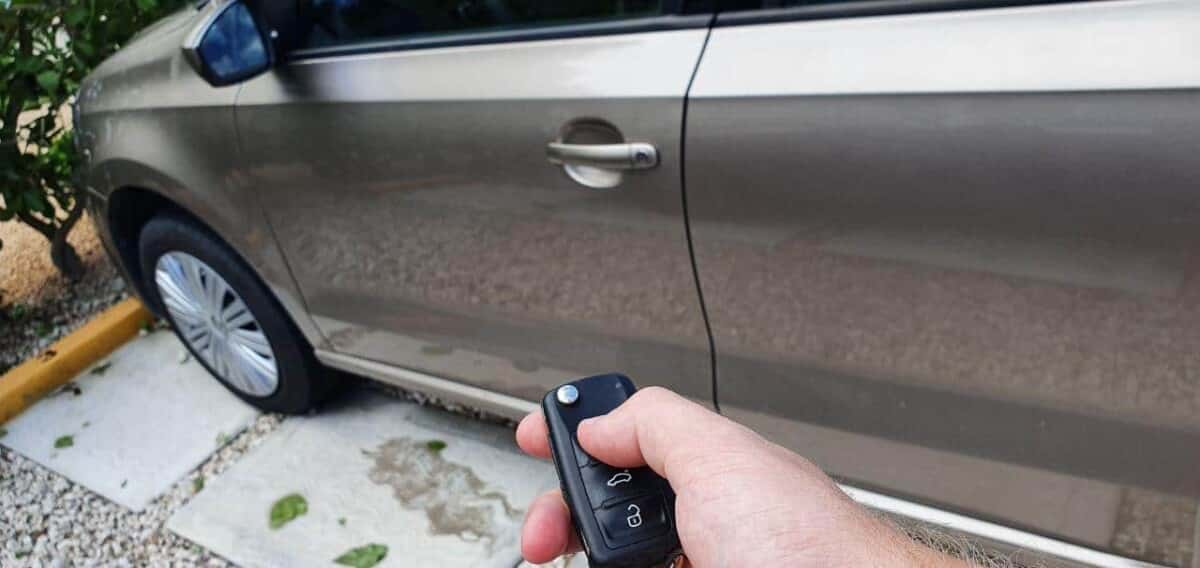Of all the important maintenance tasks you should complete, it’s critical that you know how to check your car’s engine oil. No one is asking you to change it yourself or get into anything complicated, but checking it can be performed by anyone, even grandma.
We review each of these steps in more depth. Plus, we talk about looking at the consistency of the oil and evaluate how often you should perform these steps. There’s also a small section describing what to do if your car doesn’t have a dipstick design.
How to Check Your Car’s Engine Oil
Prepare Supplies/Car
You also want to park the car on level ground so you get an accurate reading. Check the owner’s manual to see if the engine should be warm or cold, as different manufacturers recommend varying instructions. If it should be cold, wait 15 minutes after running the engine. If it should be warm, just run the engine for a few minutes. Either way, you should turn the engine off to read the oil levels.
READ MORE: Should I Check my Oil When the Engine is Hot or Cold?
Pull Dipstick
Take out the dipstick. While you will be tempted to read the oil level and examine the condition now, it’s not going to be accurate. Check your owner’s manual to find the engine oil dipstick, so you don’t check the transmission fluid level, as these dipsticks can be quite similar looking.
Clean Dipstick
Once the dipstick is cleaned off, you need to put it back in place. Make sure it’s pushed all of the way back in and is secure. Wait a few seconds before moving on.
Read Dipstick Level & Condition
Not only should you take note of how full the oil is, but you should also look at the condition. We will discuss more about that in one minute.
READ MORE: What Color Should Your Car Oil Be? (Dipstick Engine Oil Color Chart)
Make Adjustments as Needed
Also, if the oil is dirty or contaminated, you need to change it. Don’t add new oil to contaminated oil. It won’t give you the results you desire.
Put the dipstick back in place and secure it in the tube. When you are all done, make sure you close the hood and check that it is latched.
READ MORE: What Type of Oil Does My Car Need?
What if the Car Has No Dipstick?
Back in the day, every car came with an oil dipstick, so this might be hard to imagine if you haven’t driven a newer model. However, today’s cars are changing the way things are happening. Many new models have gotten rid of the dipstick to make things easier to monitor.
The Toyota Supra, some Volkswagens and a few Audis have this feature. However, Mazda, Chrysler, Chevy, Lincoln and Ford are also rolling it out with select models. In some cases, it’s completely understandable why there’s no dipstick, such as with the Porsche Cayman. After all, the Cayman’s engine top can only be reached by going through the cabin. In this case, we understand why the automaker wouldn’t want average users checking the oil levels while sitting in the high-end interior.
However, automakers haven’t left drivers without a way to watch oil levels. Instead of the dipstick, there are advanced systems that involve sensors to monitor oil levels. These sensors are needed to monitor levels with the engine computer. With this system, you can’t physically look at the oil level, but there will be an indicator when it gets too low. A warning light should come on to alert you to the problem.
So far, the systems have been incredibly reliable. That doesn’t mean that failure is impossible. If the advanced system fails to notify users that the oil is low, engine damage could occur. Hopefully, the car is under warranty if this happens. Otherwise, you will have a large repair bill to contend with. Still, it’s not necessary to choose your next car based on whether it has a dipstick or not. It’s just a matter of rolling with the changes and learning how to adapt.
READ MORE: How to Change the Oil in Your Car (5 Easy Steps)
What Does Engine Oil Color Mean
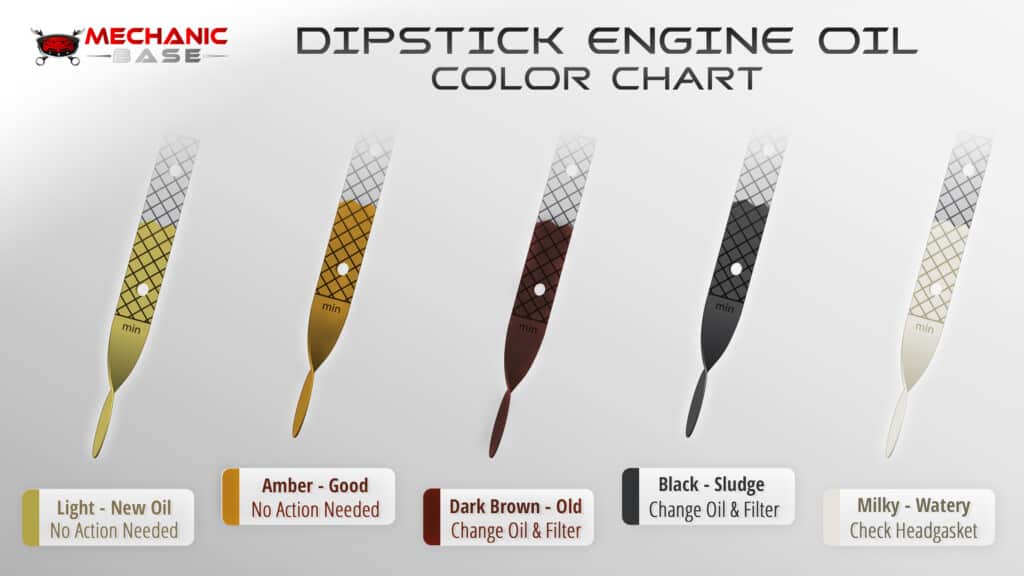
1. Amber
If you pull out the dipstick and notice this amber color, you are in good shape. This is exactly what color you want to see.
When oil is fresh, it looks amber-colored. It should also be clear, indicating that you don’t need to change the oil.
2. Dark Brown/Black
When the oil is darkened, there are several issues that could be happening. If the oil is newer, it might just appear dark because of the additives you are using. You don’t want to automatically change it, assuming that it is dirty.
However, dark oil can also mean it’s contaminated or dirty. In this case, it will also be thickened. When the oil is dark brown, you might still be able to get a little more time out of it. However, there’s no more time to wait once it turns black. If you get close to the oil dipstick, it could also give off a burning smell.
3. Milky White/Cream
Your heart might sink when you initially see milky white or creamy-looking oil on the dipstick. It’s true that this could be a really bad sign, but let’s not jump to conclusions. For starters, it could just mean that there’s an excessive amount of condensation occurring. If the coolant level isn’t changing and there’s no white smoke coming from the exhaust, this is likely the explanation.
How Often Should Engine Oil be Checked
The engine oil condition and level should be checked much more frequently than the typical change. On average, it’s recommended to pull the dipstick every month or more often.
By doing this, you will start to get into a routine, noticing how long it takes for the oil to become contaminated. It should help you better understand the life cycle of the engine oil.
Categories: Engine Oil, Guides
